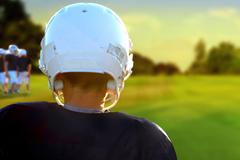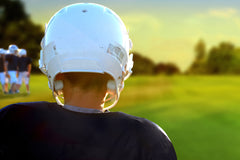
Rehabilitation of Concussion and Post-Concussion Syndrome
Share

A concussion is an injury that occurs to the brain when a force is transmitted to the head that causes the brain to shake inside of the skull. This can be from a direct hit to the head, face, or neck, or a whiplash type injury. Most concussions will gradually resolve in a week to ten days. When signs and symptoms persist for more than 3 weeks, usually a diagnosis of post-concussion syndrome (PCS) can be applied. Common symptoms include headache, dizziness, fatigue, irritability, insomnia, and concentration or memory difficulty.
A physiotherapist trained in concussion management is able to evaluate and treat many of the symptoms and problems related to concussions. No two concussions or athletes' symptoms are the same, so a thorough evaluation is performed and a personalized treatment plan is then designed for the patient.
Treatment is typically initially centered on the vestibular system. This system includes the inner ear and its connections with the brain and is responsible for sensing head movement, keeping your eyes focused when you move your head, and helping you keep your balance.
Neck problems, including tightness, soreness, and pain are common following a concussion. Resolving these issues with proper soft tissue management and strengthening will assist in reducing headache symptoms.
Primitive reflexes are complex automatic movement patterns that are present at birth which begin to disappear or transform around the age of six months. They may resurface with a concussion and must be properly treated with specific reintegration exercises.
As a concussed patient becomes more symptom free at rest it does not mean they can automatically return to sports without experiencing problems. An incremental progression of exertion with heart rate monitoring is necessary prior to returning to sports or work specific activity. (PROPhysiotherapy.com, 2016)
